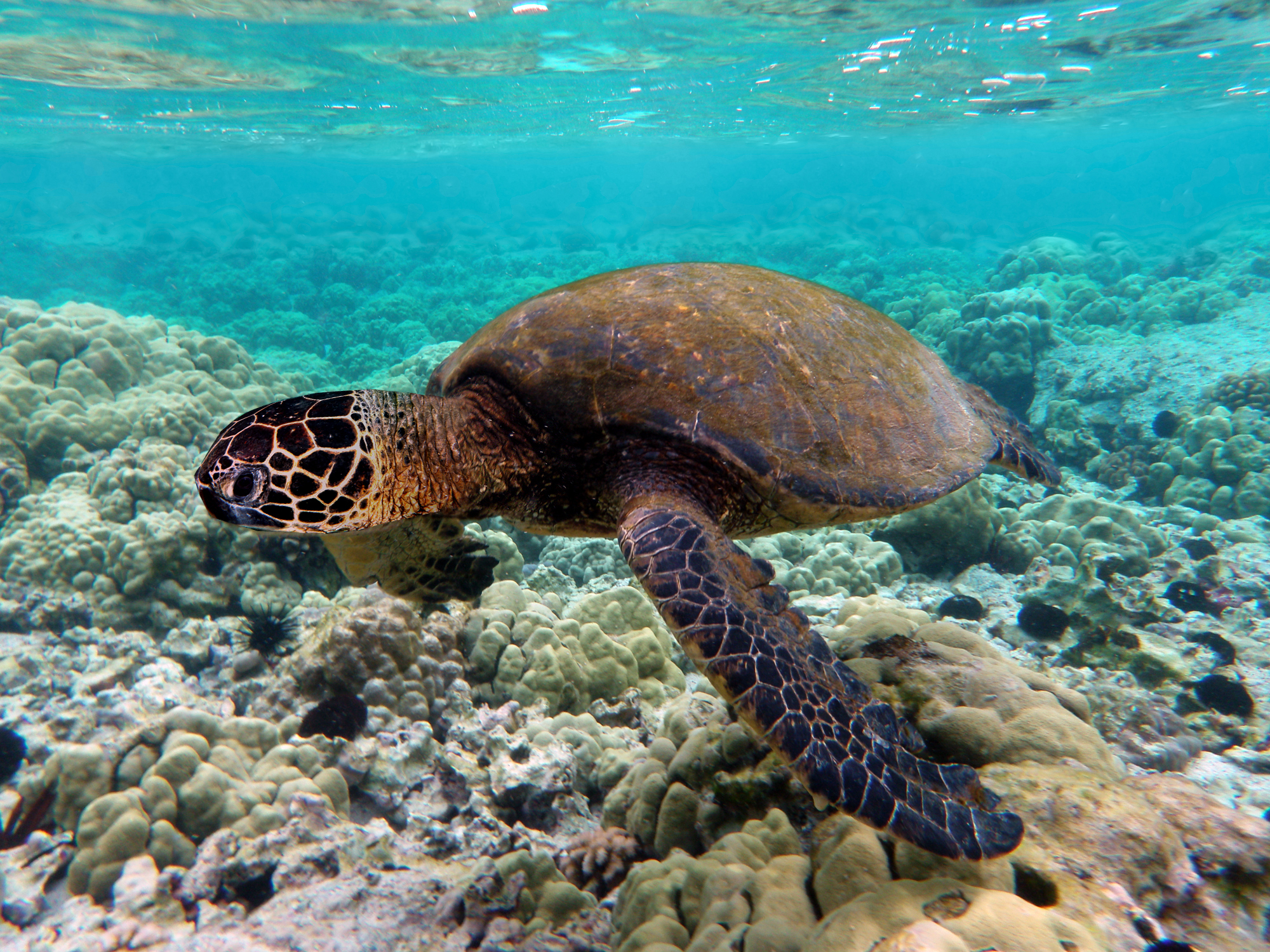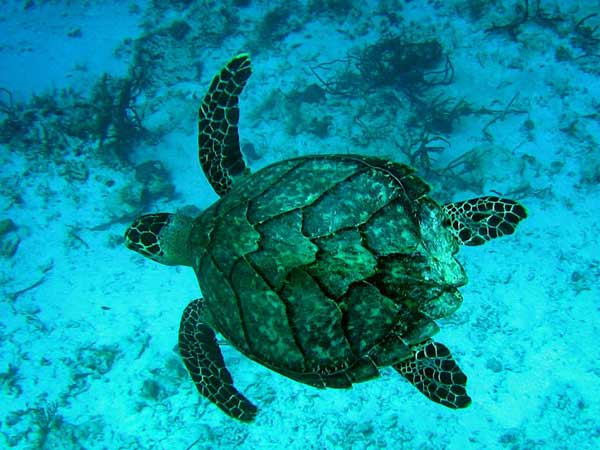Week 9
I was ready. There was no last-minute scramble to throw scattered possessions into suitcases, no running back to retrieve a forgotten item. Nor was there any hesitating in the doorway to look wistfully over the empty shelves and unmade bed, no wandering from room to room to remember good times. I was ready to leave.
Puerto Lopez and Equilibrio Azul have been my home for the last two months, but two months has been enough. I've enjoyed the town, and the work, and the people I've worked with, but it's time to move on.
The organization's work is potentially very valuable to conservation. For example, the Hawksbill sea turtle with which they do most of their work is critically endangered. The data they gather—female fertility, nest and nestling survival, adult movement—are important for conservation efforts. As well, little is known about the life histories of many pelagic sharks and the extent of bycatch for these species; Equilibrio Azul's dockside monitoring program in probably one of the only sources of data on shark bycatch in the country.
Yet their work is also deeply faulted. In my last week at Equilibrio Azul we had three visiting scientists from Palo Verde, Mexico, who came to collect samples from sea turtles nest for their study of the fungi that cause egg mortality. Unfortunately, we were not able to find many of the nests because of missing or poorly placed nest markers. These were nests that had already hatched and should have been exhumed months ago—but weren't. That data was lost. As for the shark project, so far as I know little or nothing is done with the data collected. After attempting the analyze the data for my own independent project, I discovered that there are major flaws with the way the data is collected and recorded. So although I've enjoyed working at Equilibrio Azul and have learned a lot about sea turtles, it's a little frustrating to realize that all my efforts may not mean much.
When I came to Puerto Lopez I had a number of goals I wanted to achieve before I left, both professional and personal. Some of these I achieved, some of them I didn't. For example, I really wanted to develop concrete skills I could put on a resume and use in future jobs, like censusing and banding birds. As I've mentioned before, work on the island was essentially halted during my entire time with Equilibrio Azul, so learning these bird-related skills was impossible. I did, however, get quite a lot of experience performing equivalent tasks with turtles.
Another goal was to network. Networking is one of the soft, squishy goals you can't be quite sure you've achieved, and I'm not sure I achieved it. Although I met a lot of people in Puerto Lopez, and made a lot of connections, I don't know how much I'll use those connections in my professional career. My final professional goal was to “work professionally in another culture”—whatever that means. In retrospect, that goal was even softer and squishier than “networking.” I certainly worked professionally in another culture, and I learned a fair amount of what that entails—for example, nothing happens without going through the boss, even if the boss isn't around—but I'm not sure what that means in terms of goal-setting and goal-achieving.
I may have had more luck in my personal goals. I certainly didn't “perfect patience”, but I definitely improved! I've been in a lot of stressful, confusing, and chaotic situations here in Ecuador, where patience and flexibility were absolutely key in keeping my sanity, and I think I did very well—a lot better than I thought I would, in fact. I've also been more brave than I thought I would, or could, be—another of my goals. In this, however, I am less than satisfied. Facing strange situations is not one of strong points, and when faced with the strange and unfamiliar I feel that I was more of a hermit crab than a lion. But I'll still count this one as a victory.
After living for two months in a foreign country, I've realized that my third goal, “learn a new viewpoint,” is probably impossible. I've captured small glimpses of how Ecaudorians view small parts of the world—I've seen how women are treated, for example, and animals—but I don't think I've truly learned how they really see women and animals, and even if I had, that's only a tiny portion of everything. I think to really understand how another people view the world is almost as impossible as to truly understand how another person views the world: you're not them, so you can't see what they see, think what they think, or feel how they feel. I believe that no matter how long I stayed in Ecuador, the fact that I am not Ecuadorian would prevent me from capturing the essence of the Ecuadorian soul.
Nonetheless, (and moving away from philosophy) I've definitely learned a lot about accepting the views of others, and looking at things from their point of view (as much as I can, anyway). And that's good. That's something everyone should learn. I know this is cheesy and it's been said before, but I think that if we could all do that, all try to do that, the world would be a better place. After all, how can you hate what you understand? How can you destroy what is familiar to you?
As I sat in the common room of my hostal in Cuenca writing this, a song by the Doors came on:
People are strange when you're a stranger
Faces look ugly when you're alone
Women seem wicked when you're unwanted
Streets are uneven when you're down
Faces look ugly when you're alone
Women seem wicked when you're unwanted
Streets are uneven when you're down
How appropriate! That which is strange, that which is unknown, that which is different—these are threatening, frightening, and easy to dismiss as “less” or “wrong” than that which is known and familiar. Moving another culture, another people, from one category to another is not easy, but in two months I've made a lot of progress. So while I've said “goodbye” to Puerto Lopez and will soon say “goodbye” to all of Ecuador, it's not really goodbye. I've learned here, changed here, grown here, and a part of me will always remain—like a cast-off skin, outgrown, or a seed abandoned on the ground.

























